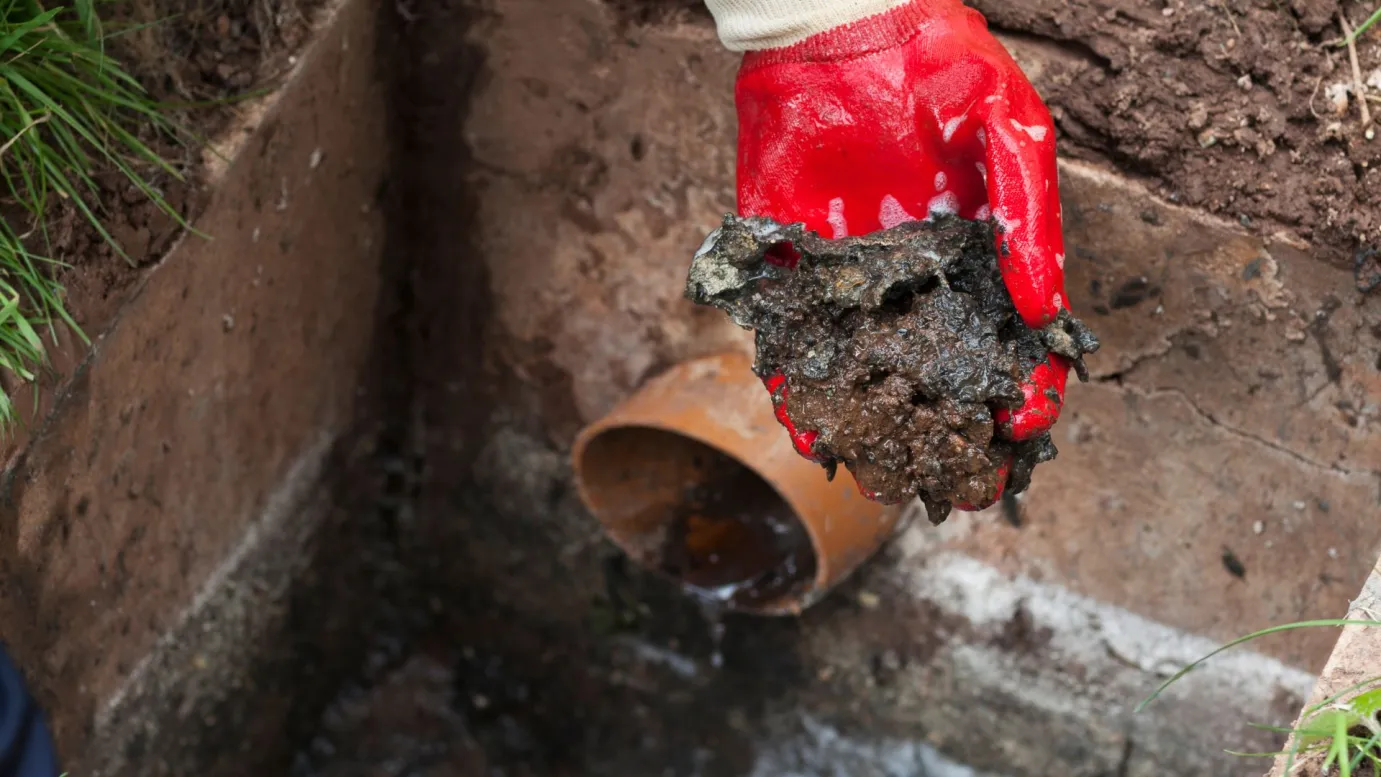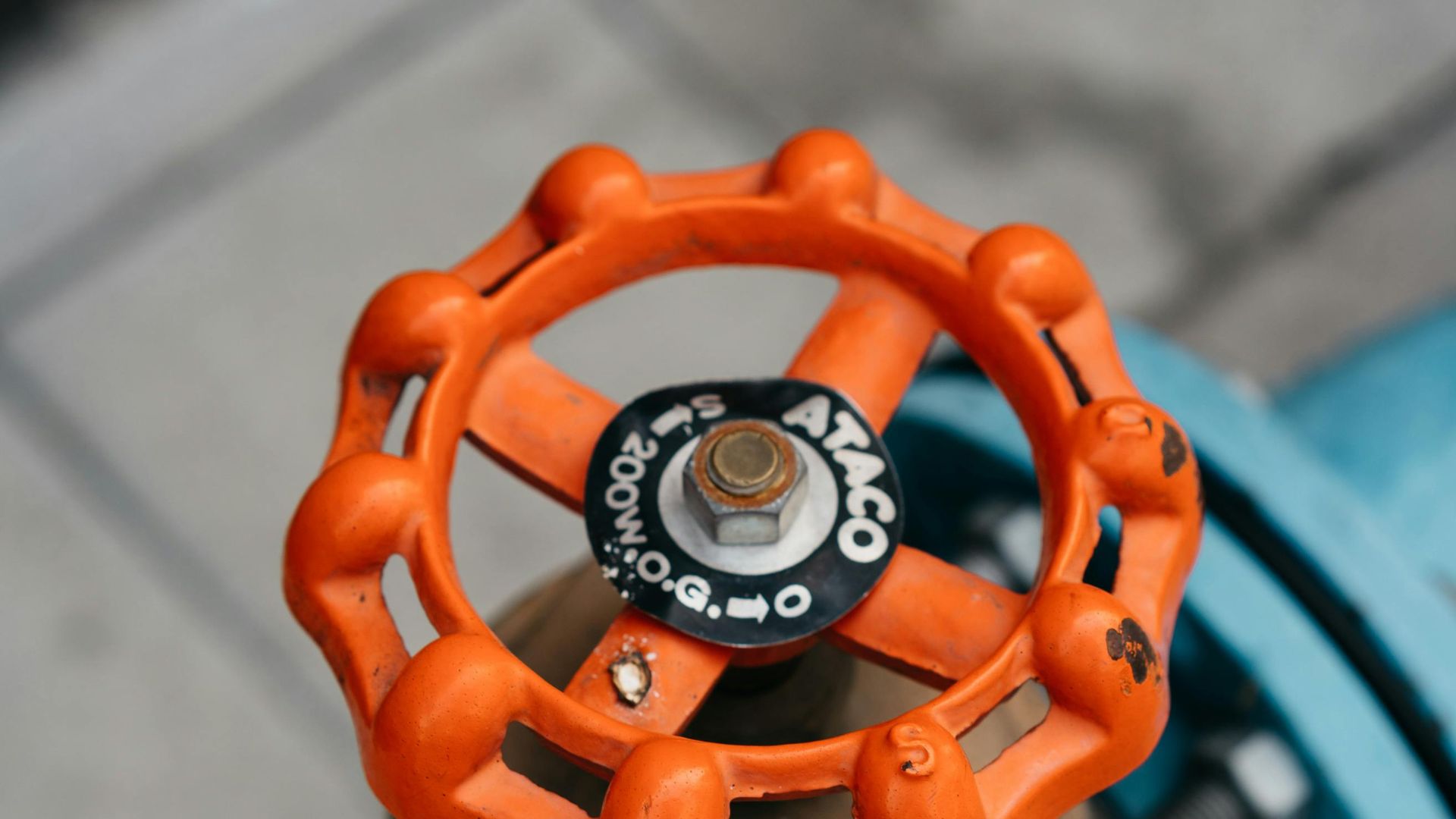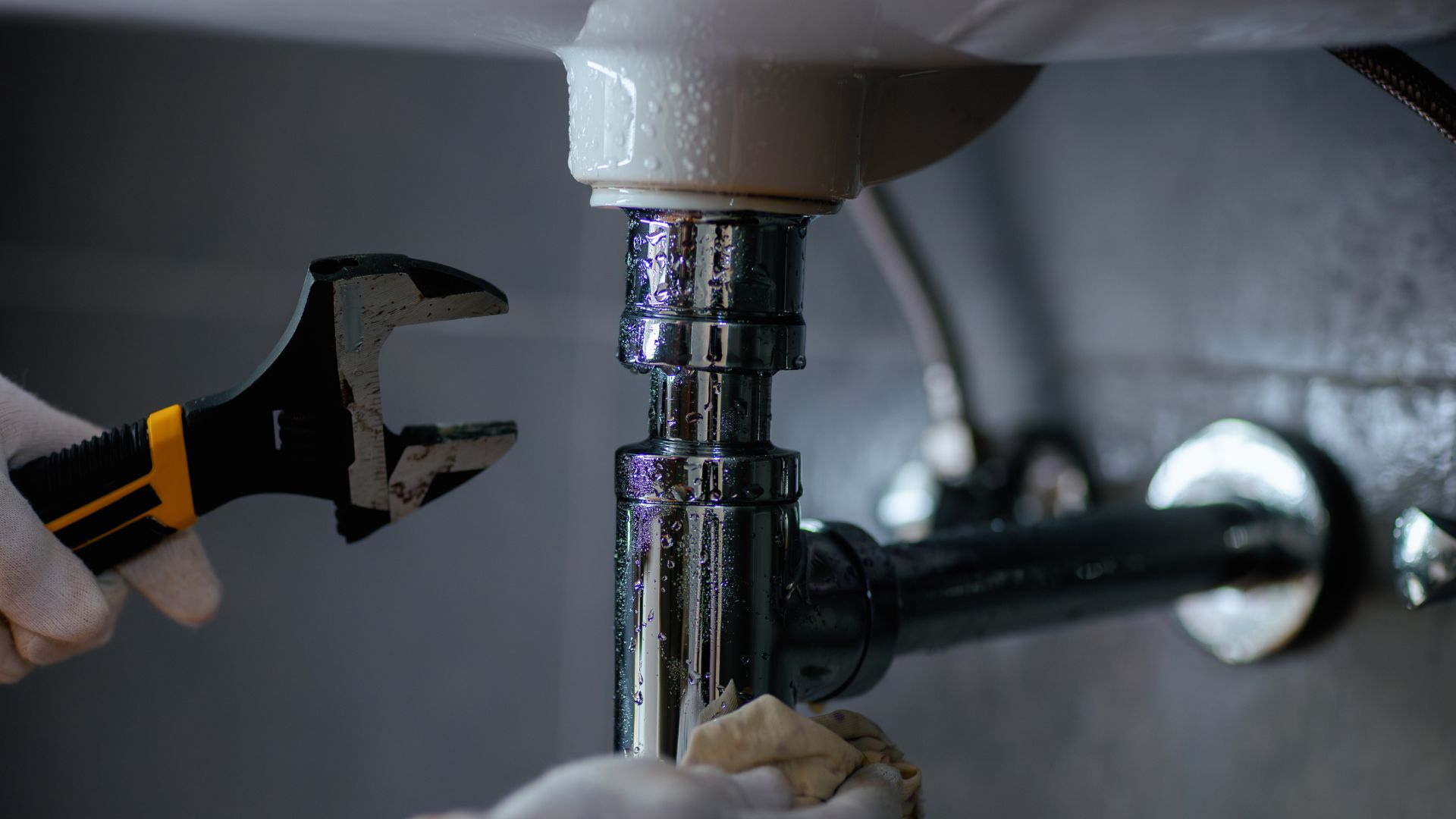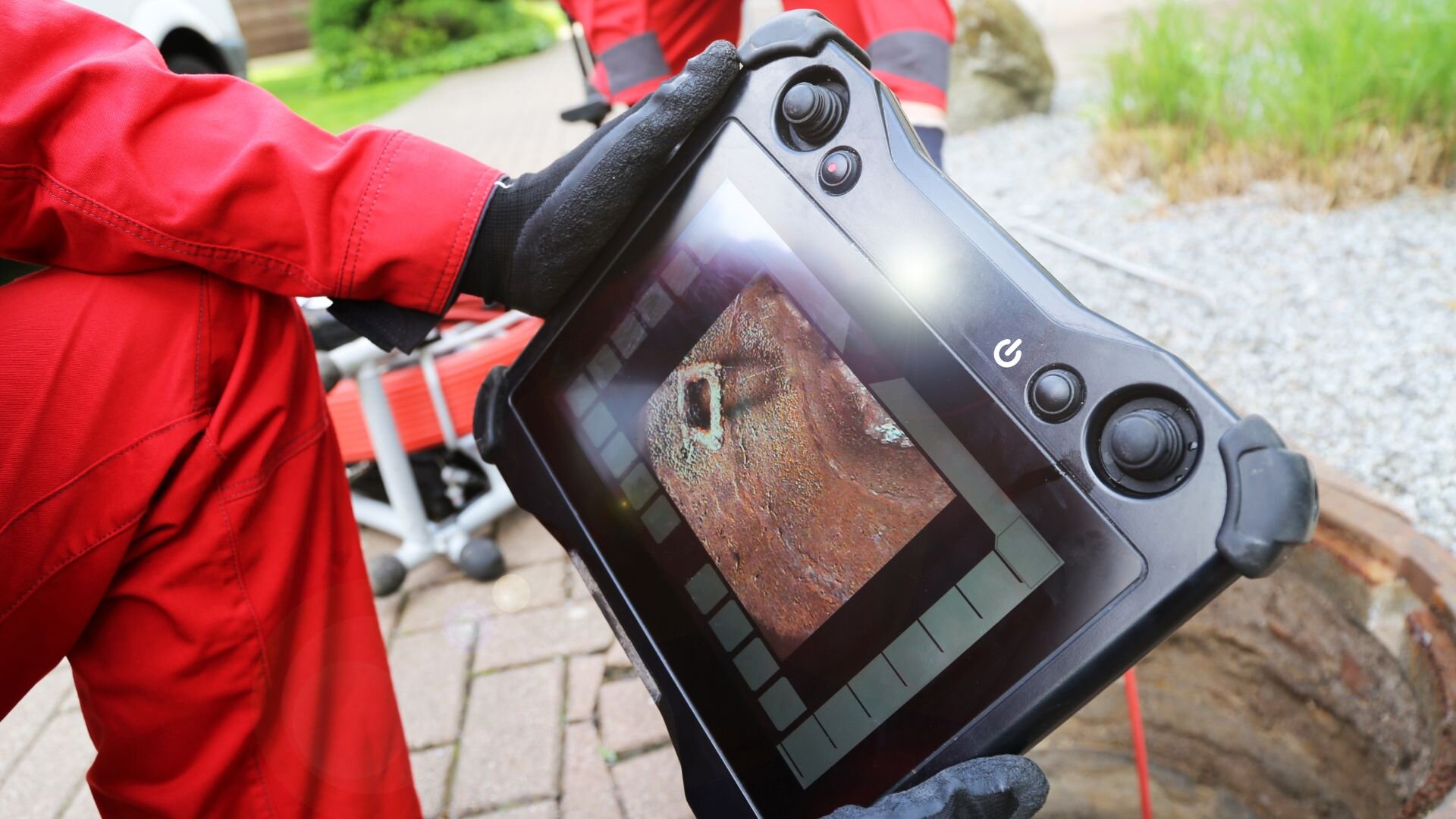
Dealing with a clogged or blocked sewer drain is a common and frustrating household problem. This is even worse when money, a watch, jewellery or toys fall into the drain with bad luck. Trying to unclog the blockage yourself can seem daunting when something gets stuck deep in the pipes. However, with the right tools and techniques, many drain obstructions can be cleared without calling a professional plumber.
We’re here to guide you through trusted ways to unblock sewer drains and grab those stuck objects. From plungers to drain snakes and water jets, we’ve covered the basic tools. With just a bit of setup and care, these DIY methods can help you avoid the stress and cost of calling in a professional. We’ll also touch on when it might be best to let a pro step in for those pesky clogs.
Follow these step-by-step instructions to tackle even the toughest sewer blockages. You’ll learn how to find the clog’s exact spot, pick the right tools, and use them effectively. With some affordable supplies, you can clear drains, get rid of blockages, and recover lost items like a pro. Master these methods, and you’ll be ready to handle any sewer line hiccup.
Pinpoint the Exact Location of the Blockage
The first step in unclogging a drain is identifying the clog’s location. This will determine what tools and techniques to use. Start by placing a bucket underneath the blocked sink, tub, shower, or floor drain. Then, check for flow by methodically tracing the piping from each fixture.
For sink drains, unscrew the two slip nuts under the sink to remove the curved p-trap section of the pipe. Check inside for stuck debris. Try pouring water into the sink to see if it passes freely down the now-exposed drain opening. If water flows out of the p-trap properly when detached, the clog is likely further downstream.
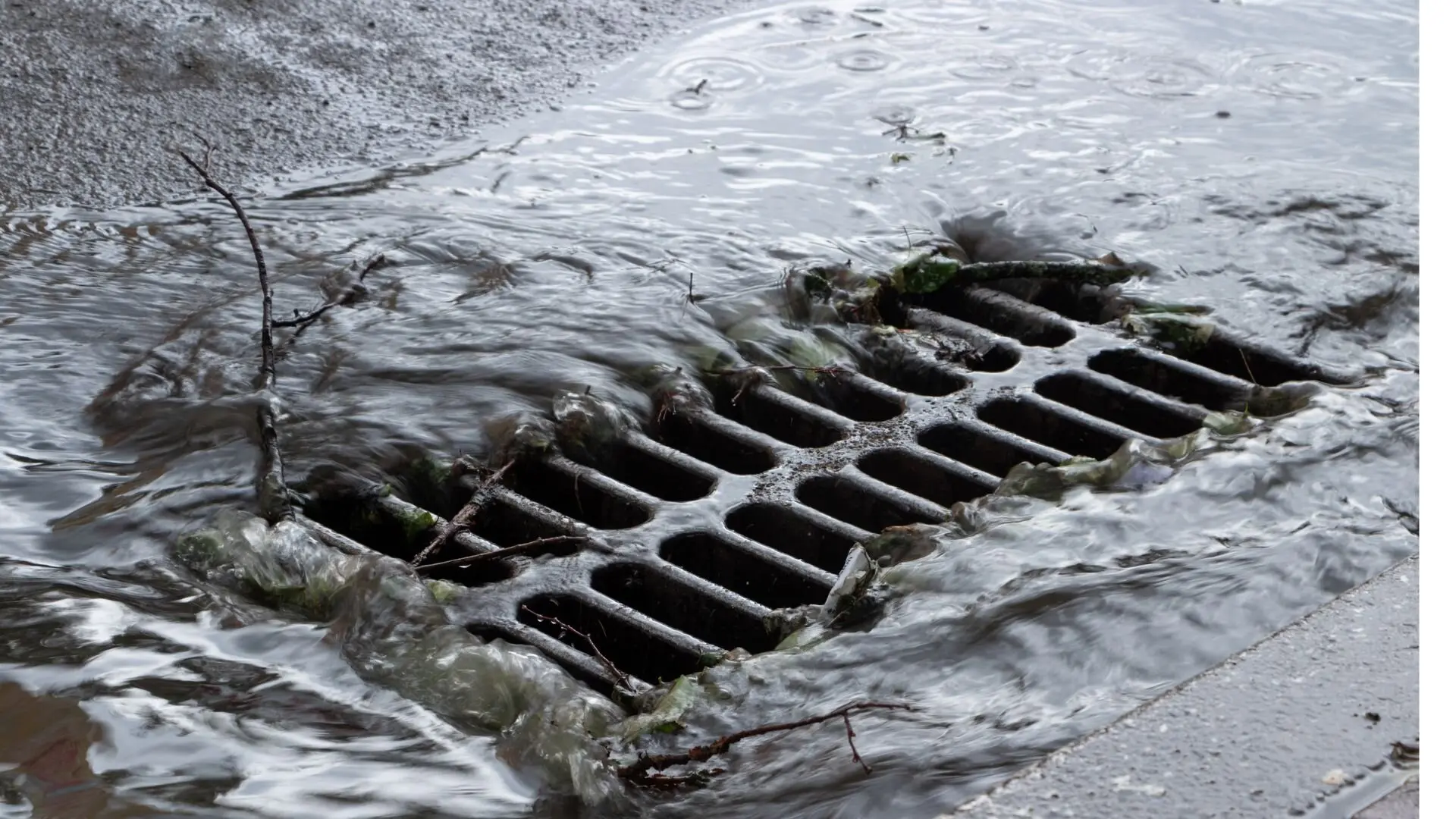
Remove the drain guard cover in showers and tubs, and try filling the basin with water. See if it usually drains or backs up. This will tell you if the blockage is in the tub drain assembly or underneath the sewer line. With floor drains, pour a full bucket of water directly into the drain opening and see if it drains at normal speed. Slow drainage points to a partial clog in the sewer lateral pipe below.
If you’re dealing with toilet troubles, first check the shutoff valve behind it to ensure the water’s all the way off. If the flush seems weak, there could be a blockage in the toilet’s trapway. Misplaced an item like a ring or toy down the drain? That’s usually the issue. Trace back where it went-sink, tub, or floor drain-then concentrate your efforts there.
By methodically checking each fixture and drain in the home, you can zero in on the exact location of the clog. Then, you’ll know which techniques and tools to use to clear it. Planning to troubleshoot carefully is the key first step to DIY drain cleaning success.
Attempt Drain Clearing with Plungers
Before pulling out the heavy artillery, try clearing drains with a simple plunger first. Plungers use suction to dislodge and break up clogs and can effectively clear sink, tub and shower drains. Plungers are inexpensive and available at any hardware store.
Remove the p-trap under the sink for sink drain blocks to check for debris inside. Make sure the sink shutoff valve is fully open. Seal the plunger over the drain opening, then plunge vigorously 15-20 times. When you pull up on the plunger, the suction can draw out the obstruction. Place a wet rag over the overflow plate in a tub or shower to form a seal. Then, follow the same plunger-pumping method. The suction can pull hair, soap scum and other debris loose from drain pipes. A strong magnet can attract your item when the blockage is clear.
Always turn on exhaust fans or open windows when plunging, as dirty water may splash out. Wear rubber gloves and eye protection. Also, have a bucket ready to catch any flushed-out mess. After attempting to clear the drain, thoroughly flush with hot water. If plunging succeeds, the water should now drain freely. If not, a more stubborn blockage exists, requiring snaking.

Feeling adventurous? Give a plumber’s helper a whirl little rubber cup on a flexible pole. Just lower it into the drain, twist into the clog, and lift it out. Plungers shine with simple tasks like hair and grease clogs. For those more stubborn jams, you might need a closet auger or call in the pros. Still, plunging is a great place to start for clearing shower and sink drains.
Use a Closet Auger for Deep Blockages
If plunging fails to open the drain, a clog is likely lodged deep in the pipes. A closet auger is an effective DIY drain-clearing tool for obstructions further down the line. Augers are steel coil rods with corkscrew tips that can snake through pipes to hook and extract blockages.
Hardware stores sell sink augers and toilet augers for home use. Make sure to select the correct size auger for the fixture. Closet augers are larger in diameter for toilets. Sink augers are skinnier for cramped sink drain openings.
To clear a sink drain, disconnect the p-trap again to check for any debris inside. Ensure the sink’s shutoff valve is fully open before inserting the auger. Carefully feed the rotating auger down the drain opening until resistance is felt about 2 feet down. Crank the handle clockwise while applying moderate downward pressure to pierce the clog. Slowly extract the auger - if the tip catches the obstruction, it will break up and dislodge it when pulling the snake out.
For toilets, closet augers should be fed down the bowl drain to reach deeper into the toilet trapway and drain lateral. Be careful not to scratch the porcelain with the auger’s metal tip.
An auger can grab items like jewellery or toys, so have a bucket ready in case anything is retrieved. Wear gloves for safety when handling a dirty auger. Augers can effectively clear stubborn material like hair, grease, and paper, which defeats standard plunging.
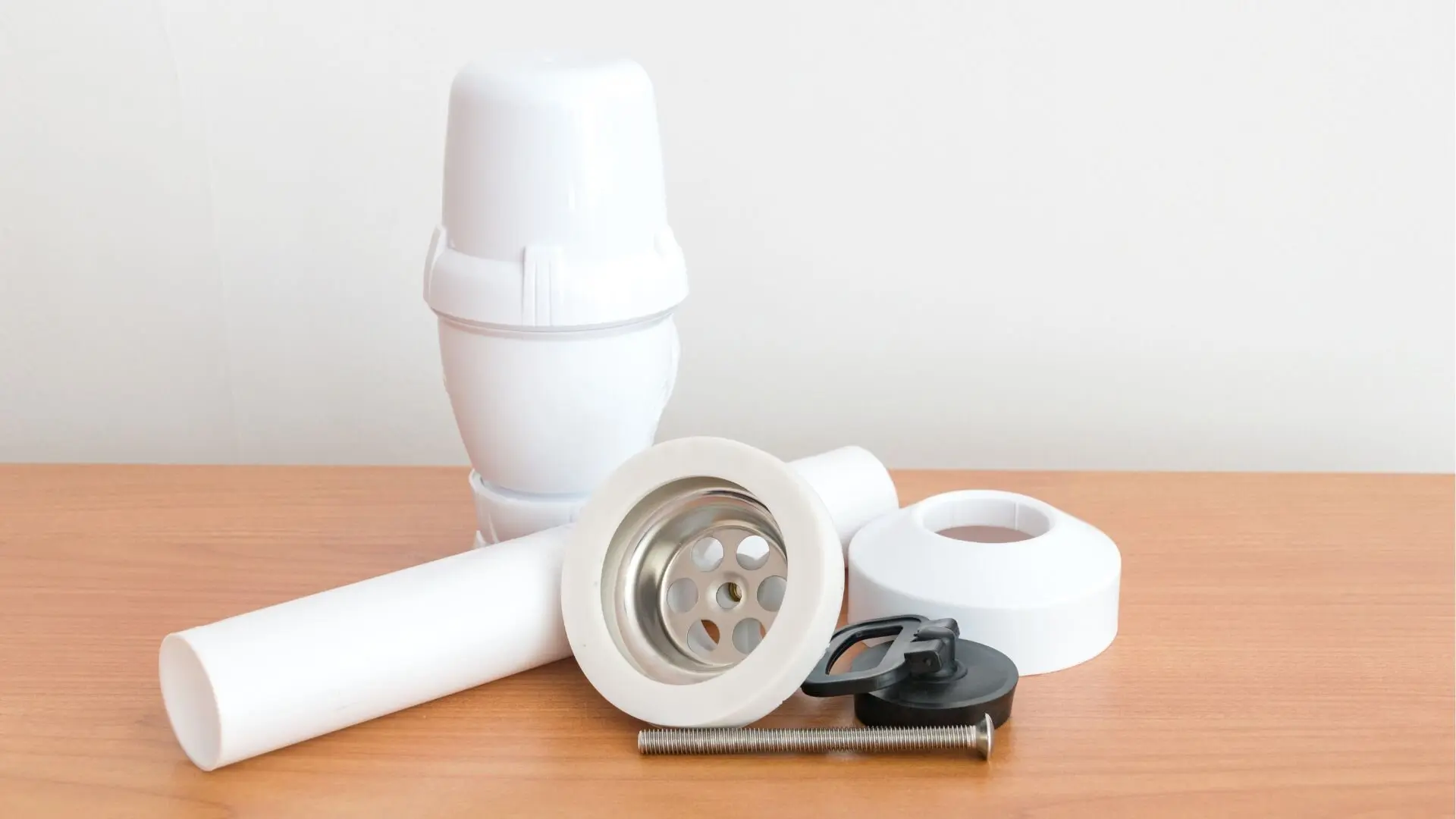
Consider a Powerful Water Jet for Serious Clogs
A high-powered water jet may be required for the most stubborn drain obstructions that resist augers. These systems connect to a garden hose and generate up to 1500 psi of water pressure. This extreme force can blast through and disintegrate nearly any clog.
Water jets are available for rent at most hardware stores. They attach to sinks, tubs and floor drains. Use caution when operating a jet, as ultra-high pressure can damage pipes if improperly used. Never point it directly at the skin. Start by removing the trap and checking for any debris the jet may flush out, like a lost ring or earring. Seal off nearby drains with a stopper or rag to focus the jet down one pipe. Insert the jet nozzle 2-3 feet into the drain opening. Turn on the water and let the jet penetrate and pulverise the mass.
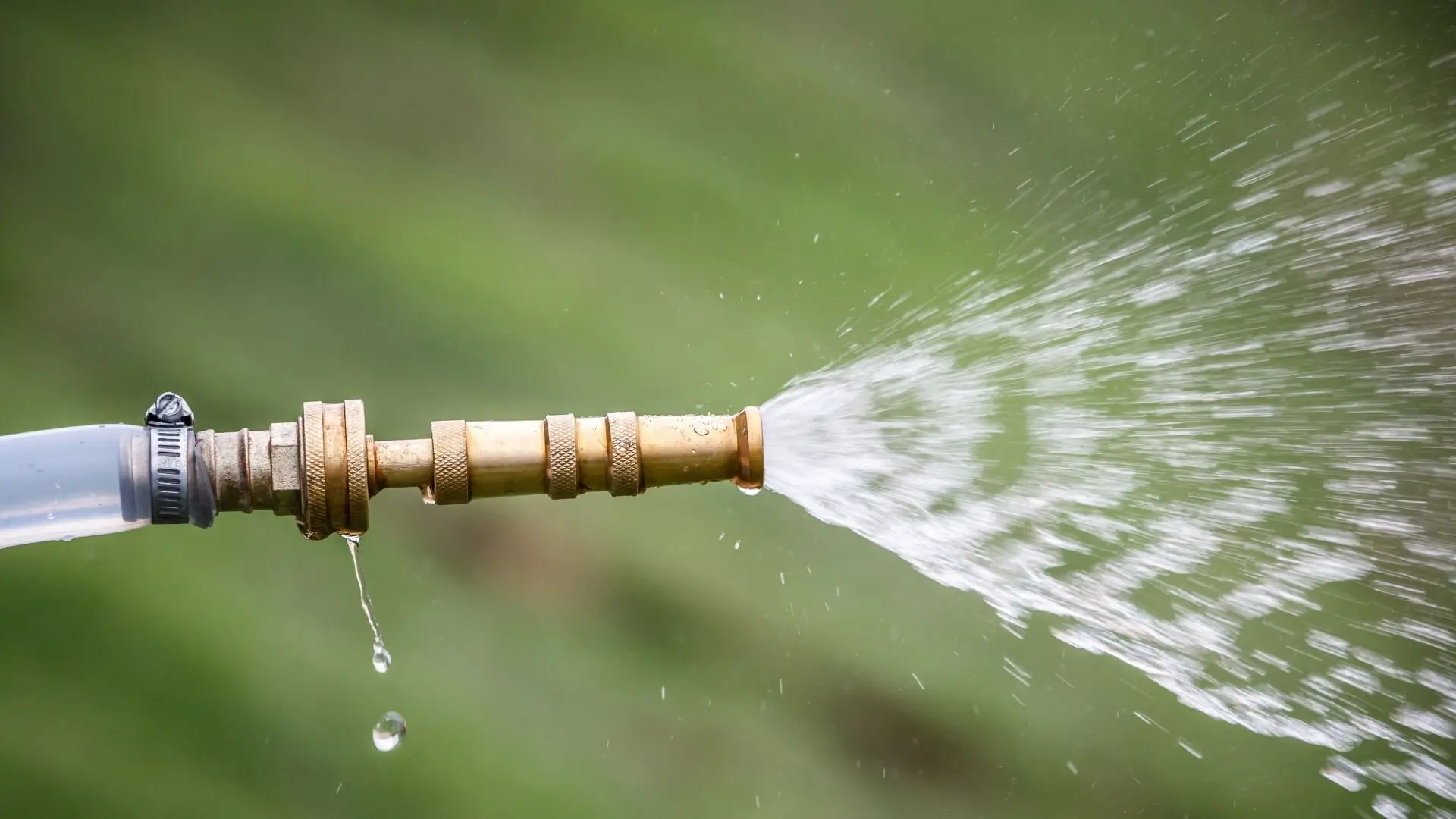
Once you’re done, running hot water can help wash away any remaining gunk down the pipe. Water jets are fantastic at clearing out those stubborn blockages, but be cautious-high pressure can harm older or fragile pipes. If the clogs are within reach, a jet does wonders. For deep, tricky sewer clogs, it’s often wiser to let the pros handle it. A trusted plumber can use a sewer camera to check for issues that a water jet might complicate. Their powerful tools can effectively clear lines with reduced risk.
Call a Professional Plumber When Needed
While many drain clogs can be cleared with simple DIY methods, severe obstructions often require a professional plumber. If you have thoroughly tried plunging, snaking, and jetting without success, the blockage may be deep in your main sewer line. Issues like tree root invasions, collapsed piping, or years of build-up will need specialised equipment to diagnose and correct.
A plumber can scope your drains with a sewer camera to pinpoint repair or replacement problems. They also have professional-strength chemical cleaners and hydro-jetting equipment that can clear years of accumulated grease, soap residue, and waste material. These cleaners are more effective and safer than amateur chemical drain cleaners.
For retrieving an item dropped, such as a wedding ring or a lost item, a plumber can properly dismantle piping to locate and recover your special items. Their expertise lets them disassemble traps and drains without causing damage.
If your drains are still giving you a hard time after trying every trick in the book, it’s best not to complicate things. Reach out to the experts at Fixed Today Plumbing for reliable and trusted service. With their cutting-edge tools and seasoned knowledge, they’re well-equipped to tackle any clog and ensure your drains run smoothly again. Get in touch with them for more info today!

